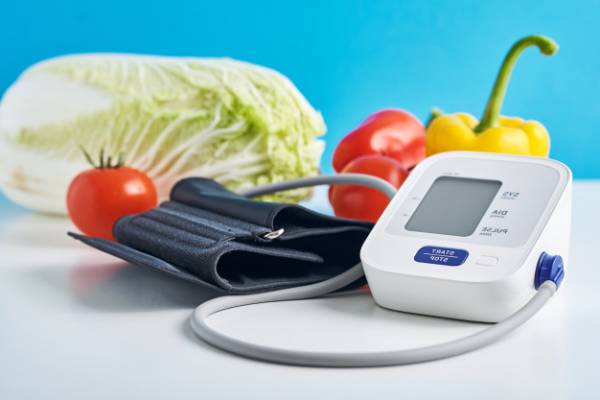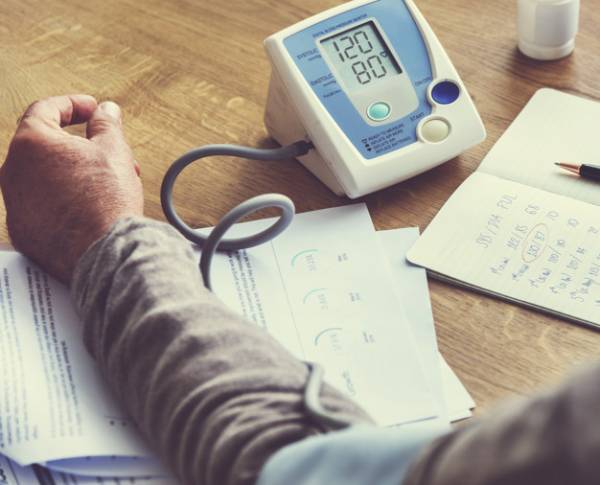Dash diet for weight loss and blood pressure
We have heard the names of many slimming diets and used them to lose weight, but Dash is slimming diets are a bit different. This diet is also used for people with certain diseases.
These days, people are struggling with various diseases due to a sinful lifestyle, high blood pressure. There are several treatments for this, one of which we will discuss in this section. This diet focuses on how to prevent and control blood pressure with a variety of foods.

Who is the Dash diet suitable for?
The National Institutes of Health have introduced the Dash diet specifically to help people reduce high blood pressure. According to the American Heart Association, blood pressure more significant than 130 mm Hg is considered systolic blood pressure, and more than 80 mm Hg is considered for high diastolic blood pressure. It focuses on healthy foods such as fruits and vegetables, low-fat dairy, fish, and poultry.
The plan calls for reducing or preferably eliminating processed foods, such as sugary drinks and packaged snacks, and limiting red meat, ultimately associated with heart disease and heart failure.
The Dash Diet, in particular, is low in sodium (salt), which can be suitable for people with high blood pressure. It is a perfect diet for people who have high blood pressure or a family history of heart disease and are at risk of managing type 2 diabetes.
dash diet recipes:
dash diet sample menu
- The standard Dash diet limits sodium intake to 2300 mg per day.
- Sodium reduction in the Dash diet is reduced to 1500 mg per day.
- The average daily diet includes the following:
- 6 to 8 servings of whole grains, preferably whole grains
- Six servings or less of meat and fish
- 4 to 5 servings of vegetables
- 4 to 5 servings of fruit
- 2 to 3 servings of low-fat or no-fat dairy
- 2 to 3 servings of fat or oil (preferably healthy fats)
Here are some goals of the Dash Diet Daily:
- Total fat is 27% of calories
- Saturated fat has 6% or fewer calories
- Protein has 18% calories
- Carbohydrates have 55% of calories.
- Cholesterol is limited to 150 mg.
- Fiber is 30 grams or more.
- Depending on how much weight you lose or how much you need to maintain, you can choose a Dash diet that provides 1,200, 1,400, 1,600, 1,800, or 3,100 calories a day. You can calculate the amount of food and calories consumed per day.

How does the Dash diet help reduce high blood pressure?
The Dash diet works not only by limiting salt but also by saturating fat because both of these can be harmful to heart health. Salt can raise blood pressure and put unnecessary pressure on the heart muscle.
On the other hand, saturated fat can increase cholesterol levels, and cholesterol can prevent or reduce blood flow to the heart, leading to a heart attack. The Dash diet also helps lower blood pressure by increasing foods rich in fiber, low-fat protein, and other nutrients.
People who want to lower their blood pressure should also combine their diet with a healthy lifestyle, such as more exercise, weight loss, and quitting smoking, which is good for heart health.
dash diet plan:
first day:
3 (ounces) turkey
A small baked potato with one tablespoon of low-fat cheese
Small wheat bread
Cooked spinach
One peach
second day:
Egg whites with bell peppers and onions
One slice of whole toast
Lettuce salad
Half a banana
4 ounces of fish with half a cup of brown rice and 1 cup of asparagus
One apple
third day:
1 cup oatmeal with one tablespoon raisins and one teaspoon honey
Half a cup of raspberries
Half a cup of strawberries
Whole wheat bread with lettuce, hot peppers, chopped carrots, beans.
4 ounces grilled chicken with half a cup of pumpkin
One peach
Day 4:
One slice of wheat bread with one teaspoon of jam
Plum fruit
Half a banana
Macaroni salad with bell pepper, three-quarters tablespoon pepper, one tablespoon olive, cucumber, and onion oil
1 cup melon
4 ounces of fish with 1 cup of cauliflower and 1 cup of green beans
One apple
Day 5:
1 cup fruit salad (watermelon, banana, apple, or berry) with a cup of skim yogurt and 1/3 cup of walnuts
One muffin cake
Half a cup of chicken breast, half a cup of apples, half a tablespoon of mayonnaise, and half a teaspoon of curry powder
Half a cup of carrots
A cup of skim milk
Day 6:
Bread with two tablespoons of peanut butter (no added salt)
One orange fruit
2 cups skim milk
4 cups spinach, one pear, half a cup tangerine, 1/3 cup almonds,
Fish with half a cup of brown rice and half a cup of steamed green beans
One teaspoon of bread dough and two teaspoons of olive oil
A cup of raspberries with mint spices
1 cup nonfat yogurt
seventh day:
1 cup oatmeal with one teaspoon cinnamon
One piece of wheat toast and one teaspoon of fatty vegetable butter
One banana
2 cups skim milk
Kebab with beef and a cup of pepper, onion, mushrooms, and tomatoes
A cup of rice
1/3 cup walnuts
A cup of pineapple
One peach
It isn’t easy to use the Dash diet:
According to a study published in February 2016, the Dash diet has many benefits. Reducing your risk of heart disease can improve other aspects of your health, such as kidney function, blood sugar management, and eye health.
A study published in October 2019 showed that the Dash diet reduces the risk of chronic kidney disease. Following a Dash diet may also reduce the risk of stroke.
A study published in September 2019 found that women with type 2 diabetes were at higher risk for cardiovascular disease following the Dash diet than women who did not prioritize fruits, vegetables, and whole grains.
Possible disadvantages of following the Dash diet:
Dash diet has several problems. Some people may be concerned that they do not have a specific way to lose weight.
This diet is not designed to lose weight on its own, but it offers various meals for different calorie groups so that you can pursue a weight loss diet with this program.
Some people may find it difficult to consume as much fiber as their diet, but it is a good idea to gradually add high-fiber foods such as whole grains, fruits, and vegetables to your diet, with plenty of water. Drink. Do this to prevent bloating and physical discomfort.


